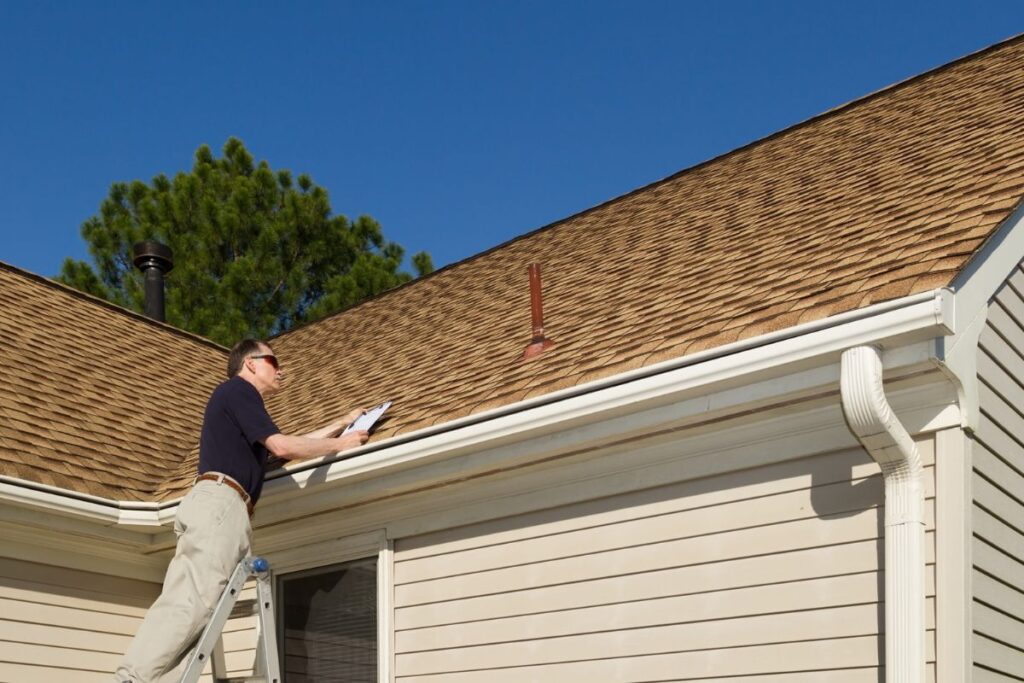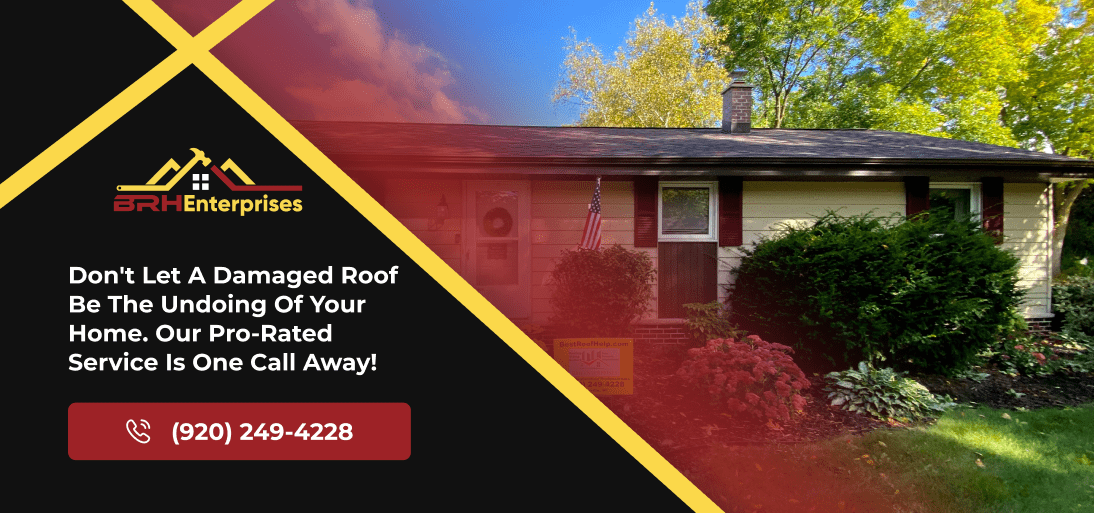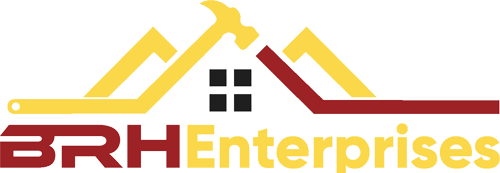Homeowner’s Guide to Installing a Solar-Powered Roof Ventilation System
Estimated Reading Time : 6 Min.

Thinking of ways to make your home more comfortable? Good ventilation is important for a healthy and energy-efficient home, and a modern solution is using a solar-powered roof ventilation system.
This blog post explains the benefits of this eco-friendly tech and gives simple instructions for setting up and maintaining it in your home.
How Well Do Solar Powered Roof Vents Work?
Solar roof vents, or solar-powered attic fans, use a rooftop photovoltaic (PV) panel to convert sunlight into electricity. This powers a fan that removes hot air and moisture from the attic, allowing cooler outside air to replace it. Using solar energy makes them eco-friendly and aids in long-term energy savings.
These vents work year-round, depending on direct sunlight availability, and are especially useful in hot weather to prevent issues like mold and rot. They help maintain a healthy attic environment by ensuring constant airflow. Improved attic ventilation benefits homeowners by reducing their carbon footprint, extending roof life, and preserving overall home integrity.
Note that their operation often relies on direct sunlight and the fan speed may adjust according to how much sun there is.
How To Install A Solar-Powered Roof Ventilation System In Your Home
While you should leave the installation of the vents to a professional, here is a general overview of the process.

1. Ensure Good Ventilation:
Before installing a solar-powered fan, check your attic’s ventilation. Sufficient ventilation helps control temperature, prevents moisture, and extends your roof’s life. Common options include soffit, gable, or ridge vents. Fix any ventilation issues before adding the solar system.
2. Choose a Sunny Spot:
Pick a sunny spot on the roof, usually south or southwest, for the solar fan. This ensures it gets enough sunlight to power up efficiently, boosting its overall performance.
3. Get the Roof Ready:
Prepare the roof by measuring and marking the fan’s center point. Cut a hole in the roof as per the manufacturer’s guidelines for the right size. This step readies your roof for a smooth installation.
4. Put in the Fan:
Install the solar fan by attaching it securely to the roof using suitable screws and wires. Seal around it with caulk to ensure stability, weather-resistance, and prevent water infiltration.
5. Seal the Attic:
Before turning on the fan, seal any gaps between the attic and the rest of your home. This step prevents the fan from pulling out cool air from your house, maintaining energy efficiency and proper functioning.
While these steps provide a general overview, be cautious with roof work and electrical components. If in doubt, consult a professional for the solar-powered roof ventilation system installation.
Benefits of Solar Roof Vents
A well-ventilated attic ensures a comfortable living environment and prevents structural damage. Let’s delve in to understand some more benefits associated with them:

#1. Energy Efficiency:
Solar-powered roof ventilation systems exemplify cutting-edge energy efficiency. By harnessing solar energy to power the attic fans, these systems dramatically reduce reliance on conventional electric-powered ventilation.
The solar panels not only lower energy costs but also diminish your dependence on the traditional power grid. This shift towards a renewable energy source not only optimizes energy consumption but also aligns with environmentally sustainable practices.
#2. Cost-Effectiveness:
The cost-effectiveness of solar roof vents is a balance between the upfront investment and long-term savings they offer. Homeowners can offset initial costs with substantial reductions in energy bills over time, thanks to their reliance on solar power.
Furthermore, many solar-powered systems qualify for tax credits, rebates, or incentives, enhancing the financial attractiveness and accelerating the return on investment.
#3. Environmental Friendliness:
At its core, solar-powered roof ventilation embraces environmentally conscious practices. Utilizing clean, renewable solar energy significantly reduces dependence on fossil fuels, curbing the carbon footprint associated with conventional electricity consumption.
Despite the environmental impact of solar panel production, the long-term benefits of clean energy generation contribute to a positive impact on the environment.
#4. Improved Home Comfort:
Solar roof vents play a pivotal role in elevating home comfort. They actively regulate indoor temperatures by expelling hot air from the attic, fostering a more pleasant living environment. Additionally, these systems address moisture accumulation, reducing the risk of mold and mildew.
Some models are made with advanced features such as built-in thermostats or humidity sensors, automating operations based on environmental conditions to optimize and customize home comfort seamlessly.
#5. Extended Roof Lifespan:
Beyond immediate comfort, solar-powered roof ventilation safeguards the structural integrity of the home. By mitigating excessive heat and moisture in the attic, these systems prevent the gradual deterioration of the roofing materials over time.
In colder climates, they also contribute to the prevention of ice dams by maintaining a consistent temperature and reducing the risk of roof damage during freezing and thawing cycles.
How to Maintain Solar Roof Vents
To keep your solar-powered roof ventilation system in good condition, you need to do regular maintenance. Here are some tips for maintaining your system:
#1. Clean the Solar Panels:
To keep your solar-powered roof system working efficiently, make sure to check your solar panels on a regular basis for any dirt or dust buildup. If you notice any, take a moment to clean the panels. This helps them absorb the maximum amount of sunlight, ensuring your system runs effectively.
#2. Remove Debris:
Regularly inspect your roof and the area around the fan for any branches or leaves. If you find debris, clear it away. This simple step helps protect your roof from potential damage and ensures that the fan can operate smoothly without obstructions.
#3. Inspect for Damage:

Keep an eye on the fan for any signs of damage, especially from rodents. Check for chewed wires or harm to the panels during your routine inspections. Identifying and addressing damage early on helps maintain the overall health of your solar-powered system.
#4. Ensure Unobstructed Sunlight:
Make sure your solar panels get the sunlight they need by trimming any tree branches that might be casting shadows. This task ensures that your panels have a clear line to the sun, optimizing the efficiency of your solar-powered ventilation system.
#5. Professional Inspection and Repair:
If you ever notice significant damage or encounter issues you’re not sure how to handle, it’s a good idea to seek professional help. Professionals can conduct a thorough inspection and handle the necessary repairs, giving you peace of mind that your solar-powered system is in good hands.
How Much Does It Cost To Install A Solar-Powered Roof Ventilation System?
The cost of setting up a solar-powered roof ventilation system in Wisconsin depends on factors like the type of fan and installation method. According to HomeGuide, a solar-powered attic fan typically costs from $200 to $850. And if you’re considering any attic fan installation, including solar-powered options, the overall cost can vary between $400 and $1,000.
To get a precise estimate based on your property’s specific needs, it’s advisable to consult with professionals who can assess your situation and provide an accurate installation estimate.
Financing and Incentives
Integrating a solar-powered roof ventilation system into your Wisconsin home is a wise investment, offering both environmental benefits and potential long-term savings. To make this endeavor more accessible, there are various financial avenues and government incentives worth exploring.
Financial Options:
- Rural Energy for America Program (REAP) Grants and Loans:
Through grants or guaranteed loans ranging from $2,500 to $1 million, REAP assists small rural businesses and farmers in implementing renewable energy systems, including solar-powered roof ventilation.
- Federal Housing Administration (FHA) Energy Efficient Mortgage (EEM):
FHA’s EEM program assists individuals in financing energy-efficient improvements, including solar ventilation. Homeowners can include up to 100% of solar system costs in their mortgage, easing the financial transition to energy efficiency.
Government Incentives and Rebates:
- Federal Tax Credit: Wisconsin residents purchasing solar systems can benefit from a 30% federal tax credit, providing a significant financial incentive.
- Focus On Energy Program: This program offers incentives for solar and eco-friendly product installations for Wisconsin home and business owners. However, it’s essential to note that there are no specific solar tax credits within the state.
Return on Investment Calculation:
To gauge the return on investment, homeowners should consider upfront costs, available incentives, energy savings, and the system’s lifespan. A solar roof vent installation can also increase the value of your home, making it more attractive on the real estate market.
Before selecting a contractor to install the system, it’s important to do thorough research. This involves checking customer reviews, requesting references, and researching the company’s background to ensure a reliable and competent choice.
Conclusion
To sum it up, using a solar-powered roof ventilation system is a smart and eco-friendly way to make your home more comfortable and energy-efficient. Knowing the perks of solar-powered ventilation and the setup can help homeowners make an informed decision before bringing this technology into their houses.
If you’re thinking about getting a solar-powered roof ventilation system, connect with the experts at BRH Enterprises for the best roof replacement services. We will make sure your home is a good fit and ensure everything gets set up smoothly. Give us a call at (920) 249-4228.


